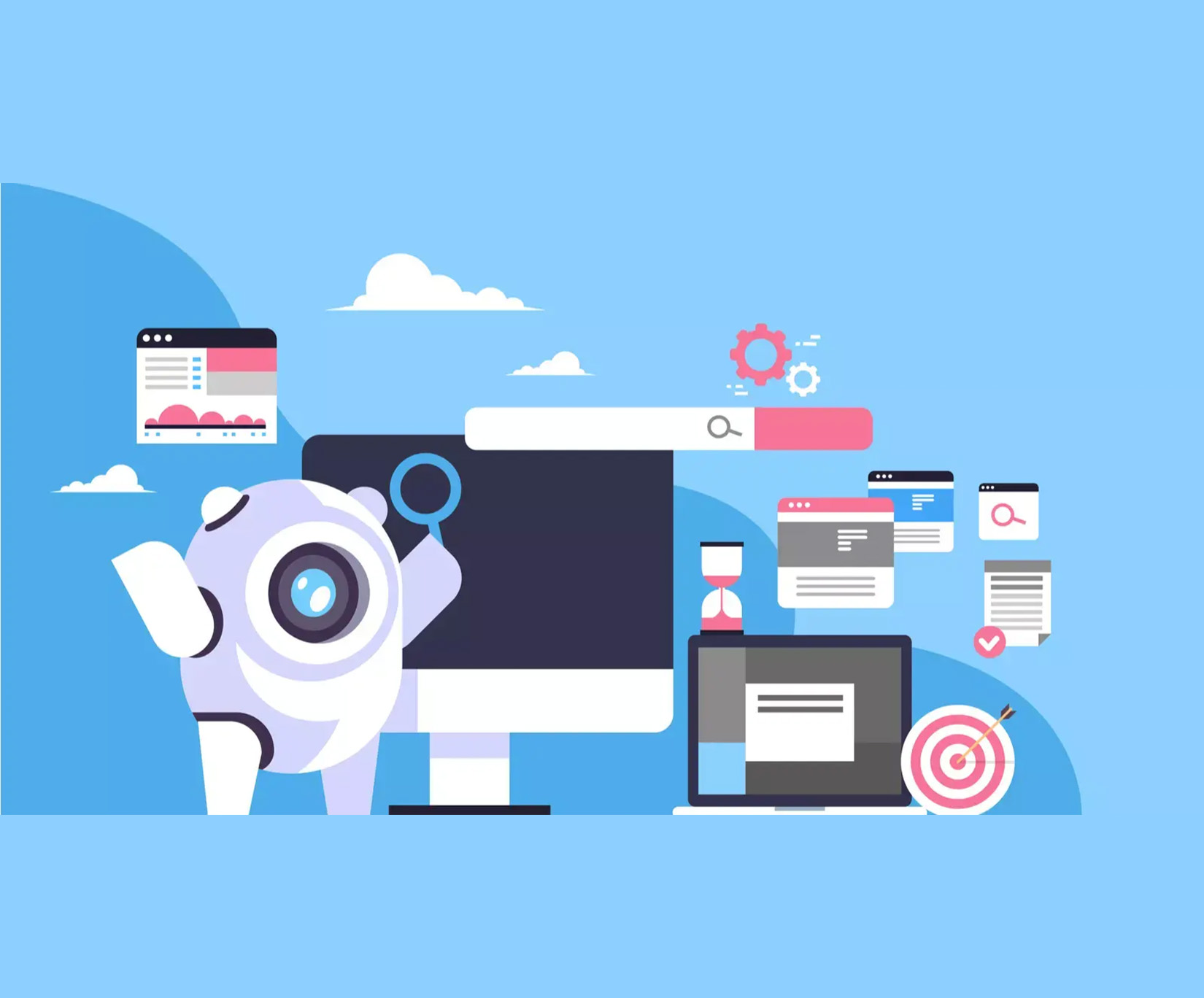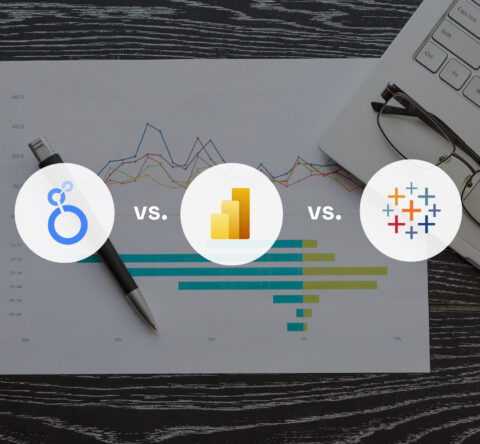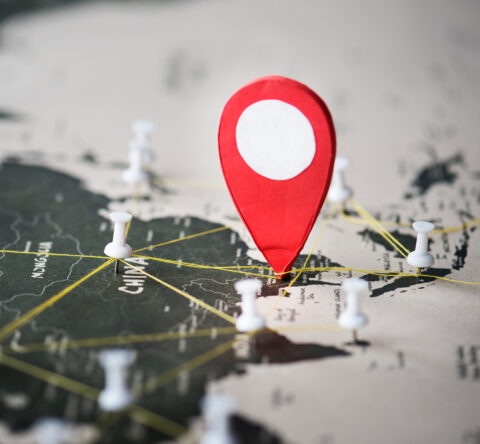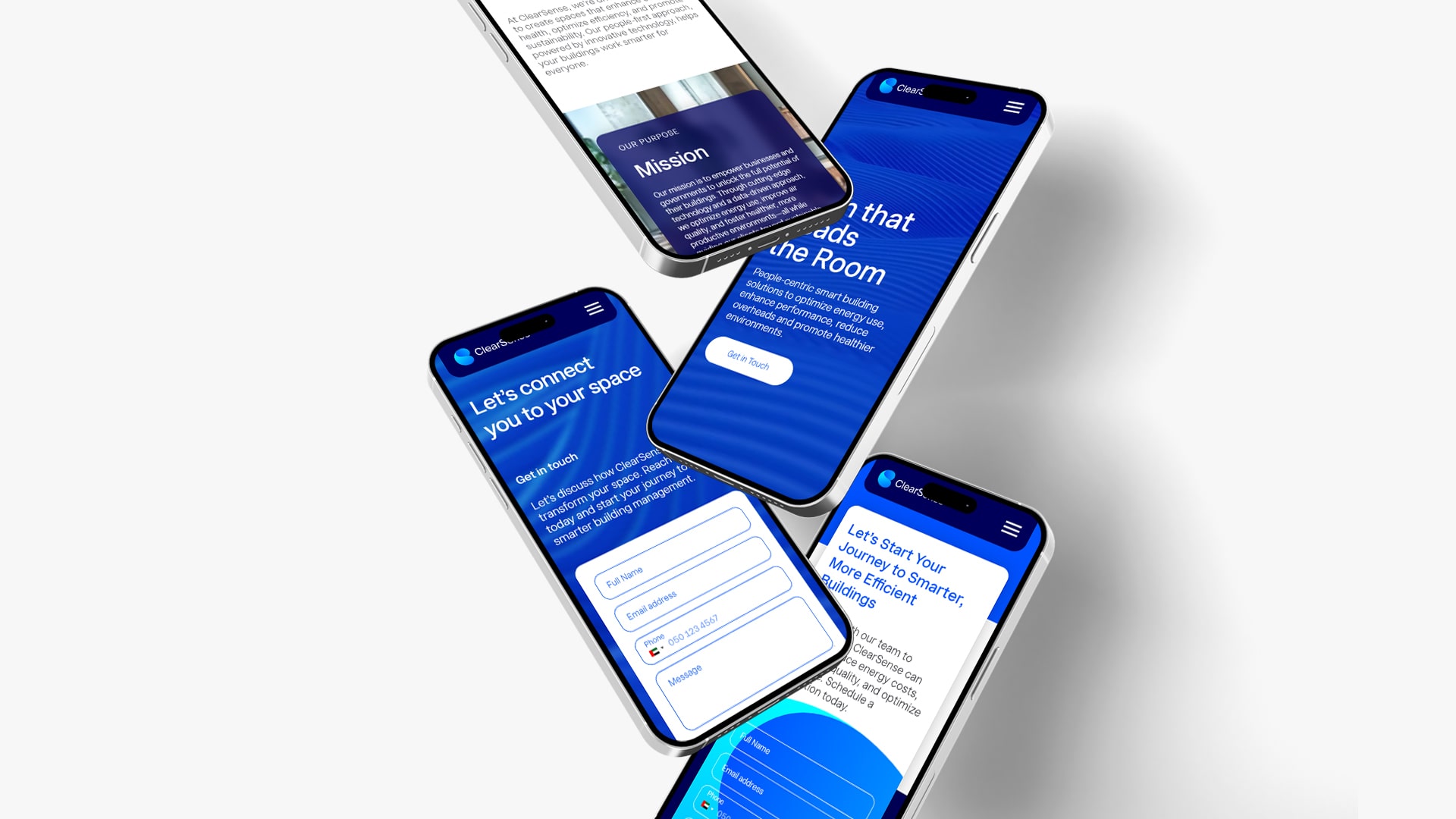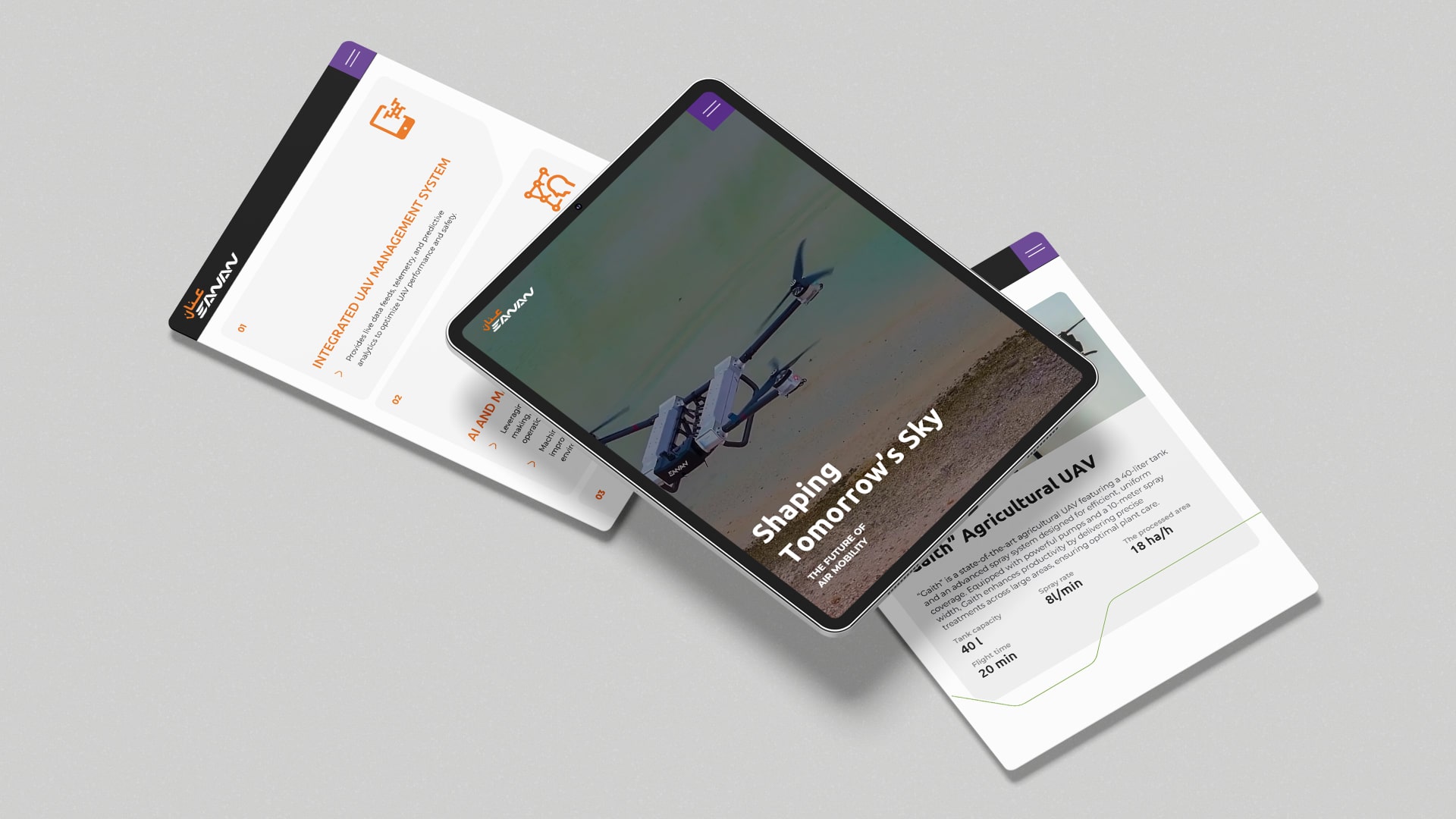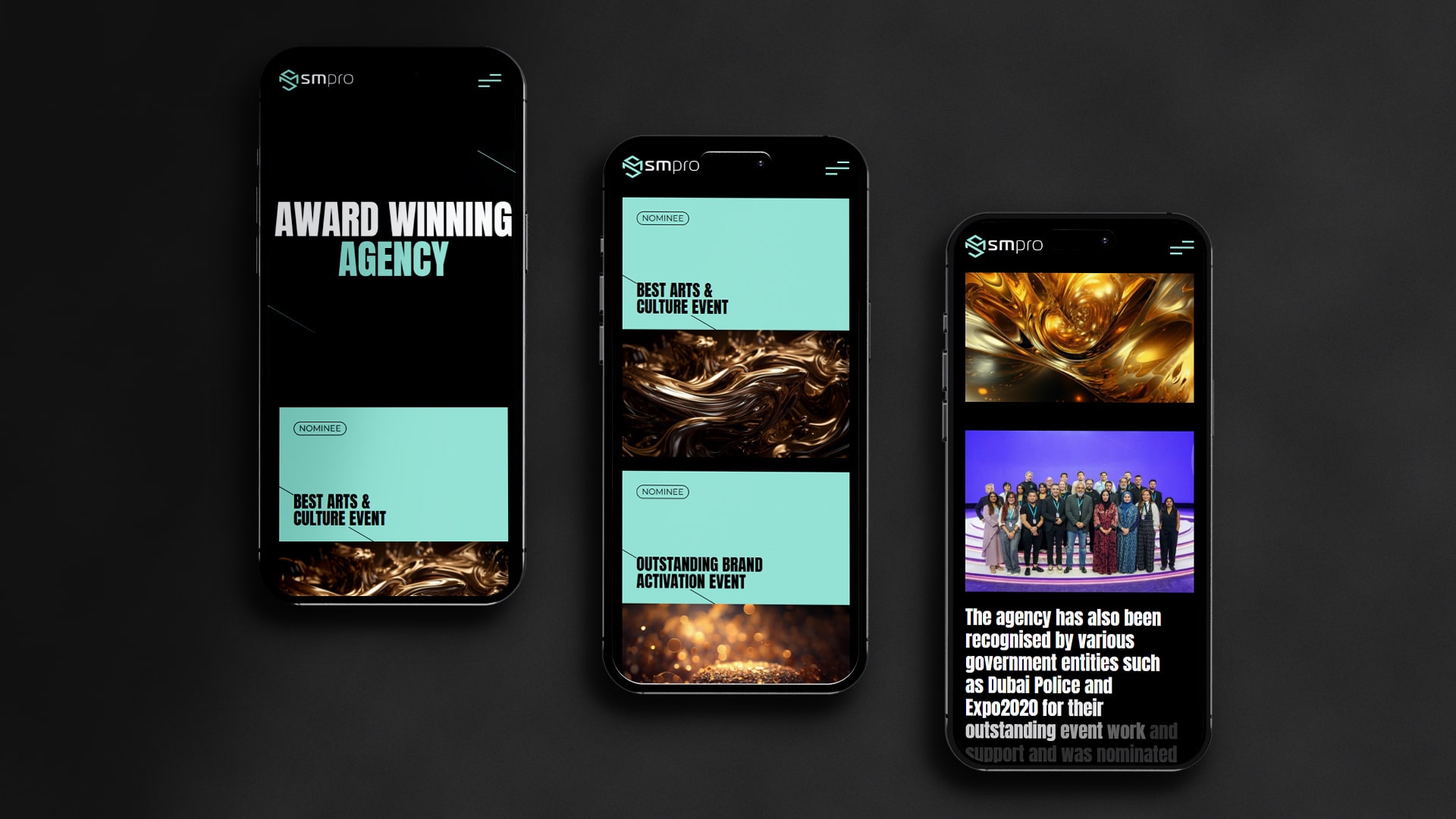When Google visits your website, you have little time to impress the search engine. Therefore, you should optimize your website, this time not for SEO but for crawling. And that brings us to the topic we will discuss below: crawl optimization.
Interested? Let’s get started.
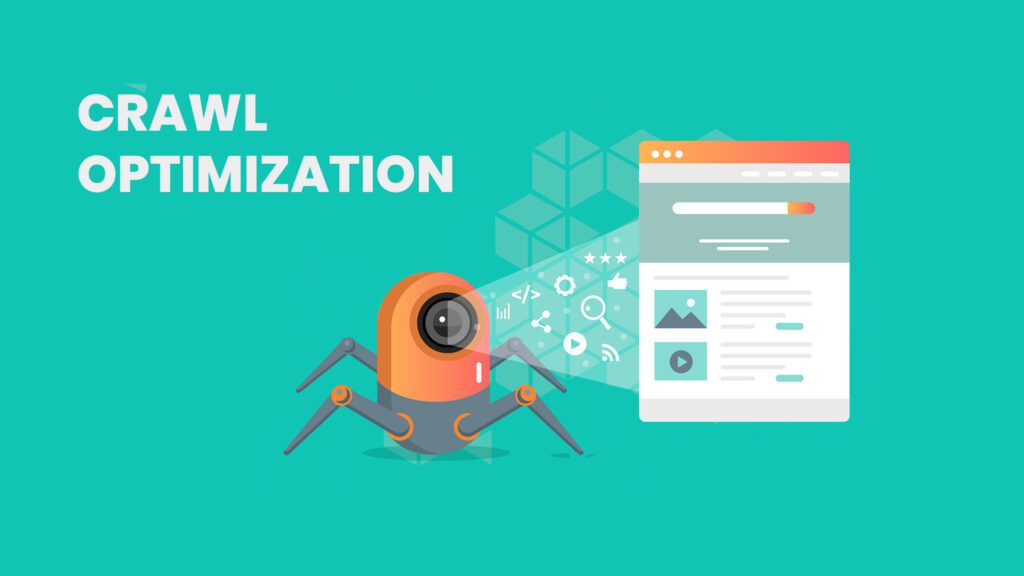
What’s the Crawl Budget?
In layman’s terms, the crawl budget is the number of pages (URLs) that Google crawls in a crawl session. Sometimes you can say that the crawl budget is counted per day, but sometimes it’s not. This is a rule of thumb that’s not universal. One thing to keep in mind is that there’s a certain frequency with which Google bots (crawlers) read through your URL.
These bots are programmed to meet a number of criteria. For example, they’ll never overload your host and are very picky about how long they stay on your domain. If they can’t go through your material quickly, they’ll leave, and you’ll lose.
So develop your crawl optimization strategy by following these simple tips:
1. Server Response & Log Files
You will disappoint Google crawlers if:
- Crawling your site decreases server response time.
- Your server responds incorrectly, or you experience connection timeouts.
Usually, when the list of URLs exceeds a certain threshold, the bots can no longer crawl your website without slowing down the server. Therefore, they stop crawling. Analyzing server logs is sometimes the most critical step in optimizing your crawling budget.
A server log is a file that records all requests made to the server. Its analysis provides you with the following important data.
- How often the crawlers visit your website
- Which pages are crawled, and how often
- How big are the files (are there errors?)
2. Remove Low-quality, Outdated, & Duplicate Content
The last thing Google bots want is low-quality, outdated and duplicate content. What are they?
- Low quality: Your website has too little content, no structure, or the content isn’t concise. In this case, the bots will likely determine that no one proofreads your web material.
- Outdated: Your service or product pages are no longer valid, and your blogs are too old. Remember that outdated content can still exist in Google’s databases for weeks or months as cached content or snippets, even after editing or removal. Google Search Console can help you with this problem.
- Duplicated: You’ve copied and pasted content from other websites or you or your authors have just swapped and changed a few words. But that’s not enough. Google won’t classify your content as “original” or “unique.”
3. Learn Google Bots Language
When Google bots visit your web pages to crawl them, they document everything for themselves and part of it for you in various log files – for example, the server log files (see above).
This way, you can see how successful their crawling sessions were, and you can develop a new crawl optimization strategy. You can revise some of your web pages and instruct the bots to crawl only through those pages.
Robot.txt is a file that you can use to tell Google crawlers whether or not to crawl certain pages, folders, or directories.
4. Update Your Sitemap
Updating your sitemap is a crucial step in optimizing a website. And when it comes to crawling, sitemaps play an even more important role. If you have a well-optimized sitemap, crawlers will quickly recognize the internal linking structure and can move on to the next critical elements they see.
When updating your sitemap, avoid using non-canonical URLs, i.e., pages that are not representative of a set of duplicate/important pages on your site.
5. Develop An Internal Linking Strategy
Google bots interact with links. If they find enough internal links (especially in your sitemap), they’ll crawl, cash, and add more data for their indexing.
A professional reminder: if your linking is built with javascript, Google may have trouble finding it. Your entire internal linking strategy could be lost in this scenario. Keep this in mind if you can’t avoid javascript.
6. Have a Text Version for Your Visual Content
While visuals are best for user experience (UX) and user interface (UI), they aren’t so good for Google bots.
While you should always add images that add value to your content, Google bots will likely prefer text and words because they’re more machine-readable.
Sometimes Google search engines can find a website’s content more easily if they find a relevant, original image that matches what users are looking for. AI-powered tools and machine learning methods are in development, and even Google tools aren’t expected to be able to convert the content of an image into text. Therefore, always provide a textual description for your infographics.
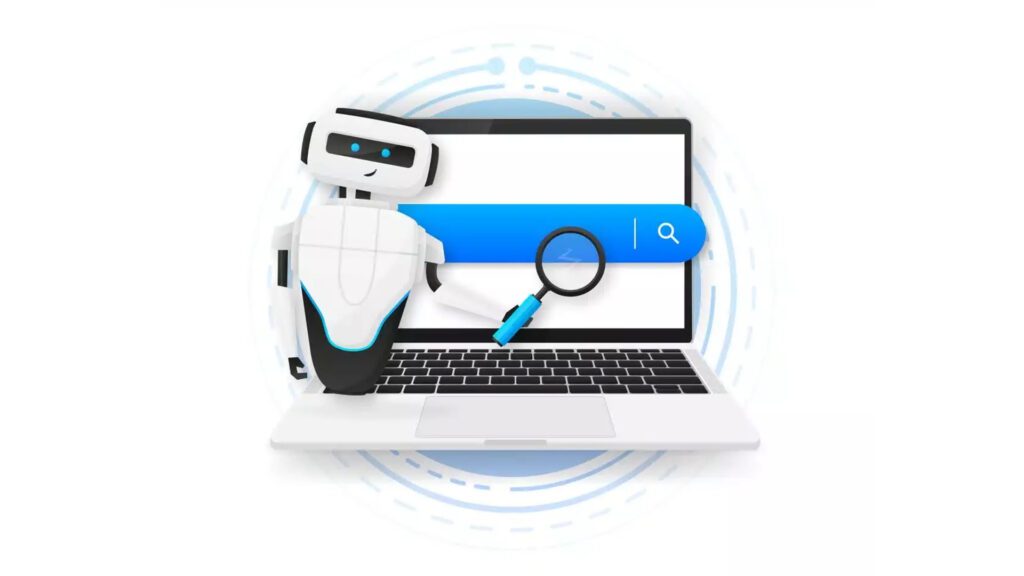
7. Optimize Your Site Structure
It’s believed that the pages directly linked from your homepage or landing page are more important for crawlers. As a general rule, critical elements of your site should be as close together as possible, i.e., less than three clicks apart.
If you’re working on larger sites, develop a hierarchy with links to blogs, posts, and service/product pages.
Wrapping Up
So we’ve learned that crawling and SEO optimization have a lot in common. The most important thing is to develop a practical and up-to-date optimization strategy to top search results lists. How? Contact us to get the most out of this combination at the best price. GTECH will help you achieve SEO and crawl optimization at the same time. Visit GTECH, a leading SEO firm in Dubai.
Related Post
Publications, Insights & News from GTECH


